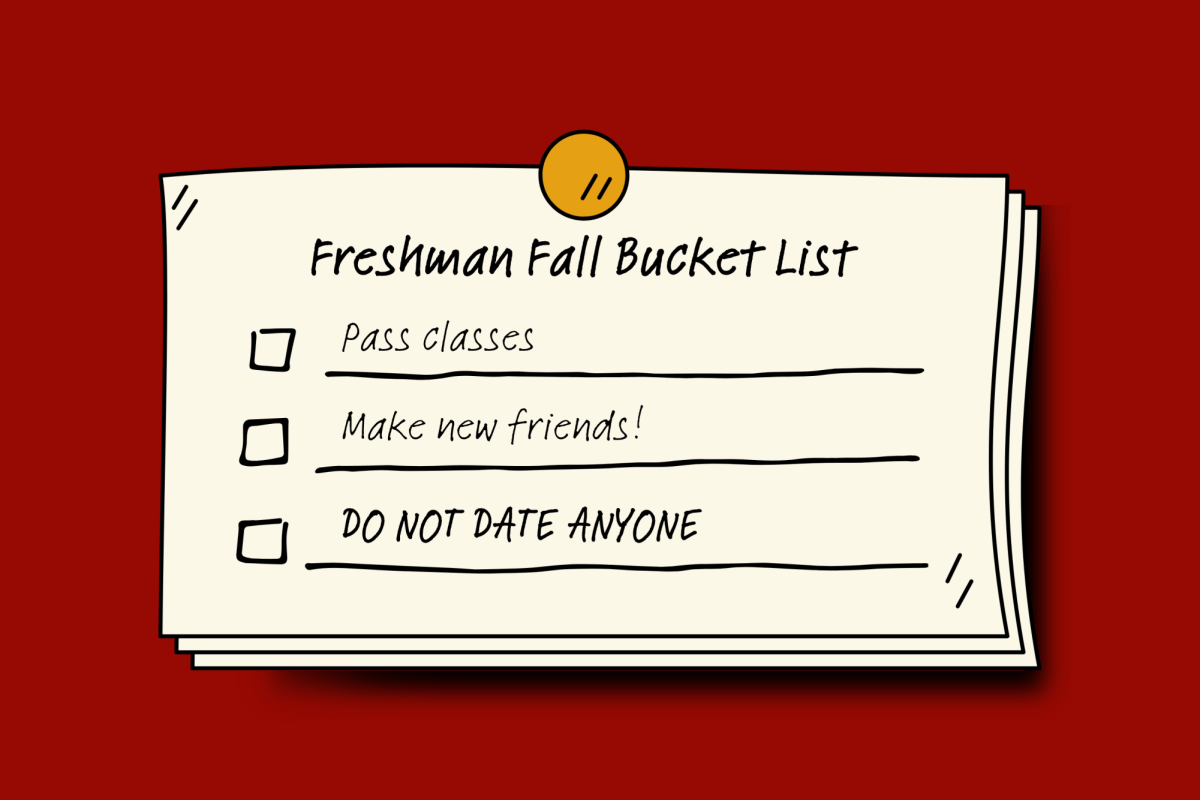The Super Bowl is probably the most American tradition we have, bringing together three of our greatest cultural pillars in one place: football, unhealthy snack foods and marketing.
For me, the commercials are always the highlight of the Super Bowl, concentrating high entertainment value within a timeslot just short enough to hold my attention.
Every year, the advertising pros at Kellogg analyze and rate the quality of Super Bowl ads. They reached the conclusion that the commercials in this year’s batch were for the most part well done, but less risk-taking than in past years.
If commercials aim to strike a chord among a mass audience by capturing some element of American zeitgeist, it’s more than reasonable to draw some larger conclusions from the marketing strategies they pursue.
From an English major’s purely non-business viewpoint, the best commercials were those that managed to be original and capture just the right amount of silliness without getting offensive. Too often, however, commercials rely on sex appeal to draw viewers, a strategy that’s not only offensive but also completely cliche.
Some highlights among the ads were the M&M stripping to LMFAO’s “Sexy And I Know It” and a racing dog named Mr. Quigley moon-walking across the finish line. Matthew Broderick reenacting his Ferris Bueller days was done in a really fresh way, especially for a car commercial. The humor in these ads was absurd, unexpected and widely relatable.
The most flagrant problem with a lot of the Super Bowl commercials, however, is how brazenly they cater to men and disregard women.
Even though it’s an event centered around football, beer and general manliness, the disparity in the number of males and females among Super Bowl viewers has been steadily decreasing. The 2011 Super Bowl almost closed the gender gap entirely – 54% of viewers were male while 46% were female.
Despite this fact, a large portion of Super Bowl advertising continues to be wholly skewed towards men. You would think that the concept of women in bikinis filling men’s dreams would have gotten old by now, but GoDaddy.com and Kia both used it as their premise.
Fiat’s commercial featuring an Italian model as a symbol for the car ended up somewhat flat and unexciting, probably having something to do with their less than innovative use of this motif.
The worst was the Teleflora commercial, where Adriana Lima tells men that all they need to know about Valentine’s Day is, “Give, and you shall receive.”
Please.
Sex sells and Adriana Lima is no doubt a great way to get attention from men. But if half of viewership is made up of women, why do brands limit themselves by ignoring half their consumers?
You could argue that it makes sense to seek out male attention for products like Fiats and Budweiser, but to market Kias and a web-hosting site exclusively to half the population just seems like a poor business decision.
Worse than having no effect on women, these ads can certainly have a negative effect.
GoDaddy.com is notorious for generating outraged responses over the taste level of their ads. There is some level of humor in how blatantly GoDaddy.com tries to lure you onto their website with the promise of seeing women take their clothes off.
However, they’re not just making a statement about the way we sell products, because they really do want you to visit their site. It’s a strategy that alienates and offends half the Super Bowl audience.
Considering these trite and sexist branding approaches, my favorite commercial of the night was the Dannon Oikos yogurt commercial featuring John Stamos.
The brilliance is in the set up, one that we’ve seen a thousand times before – generic girl sitting at her kitchen table playfully shares a yogurt with her eye-candy boyfriend. He’s teasing her with the yogurt, not letting her take a bite when - BAM – she’s knocked him on the floor.
It’s silly, but capitalizes on shock value coupled with the fact that John Stamos is someone both men and women want to see get head-butted onto the ground.
The commercial is a model other Super Bowl advertisers could learn from. Dannon manages to create a simple, gender inclusive commercial that provides a fresh take on a cliche commercial structure rather than slipping into it.
A Super Bowl ad is a unique opportunity to reach millions across America in 60 seconds or less. To maximize this opportunity, commercials need to be more original and appeal to a broader audience.
Natalie Friedman is a Weinberg senior. She can be reached at [email protected]
All opinions expressed in this column are solely the opinions of the columnist and do not reflect the views of The Daily Northwestern. If you would like to respond to the column, you may comment below, email the columnist or submit a 300-word letter to the editor to [email protected].






